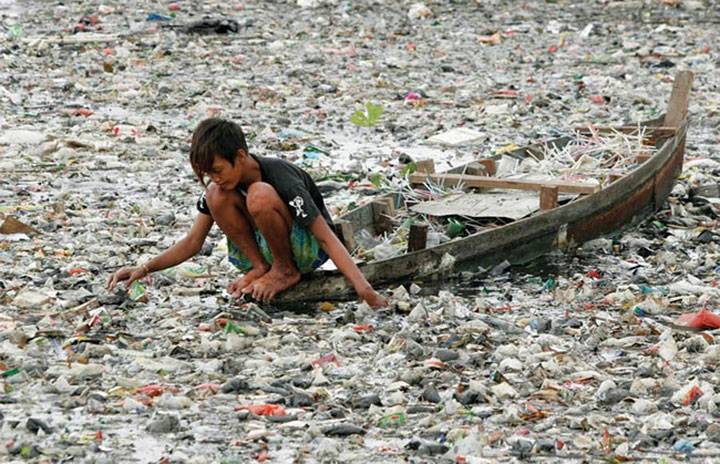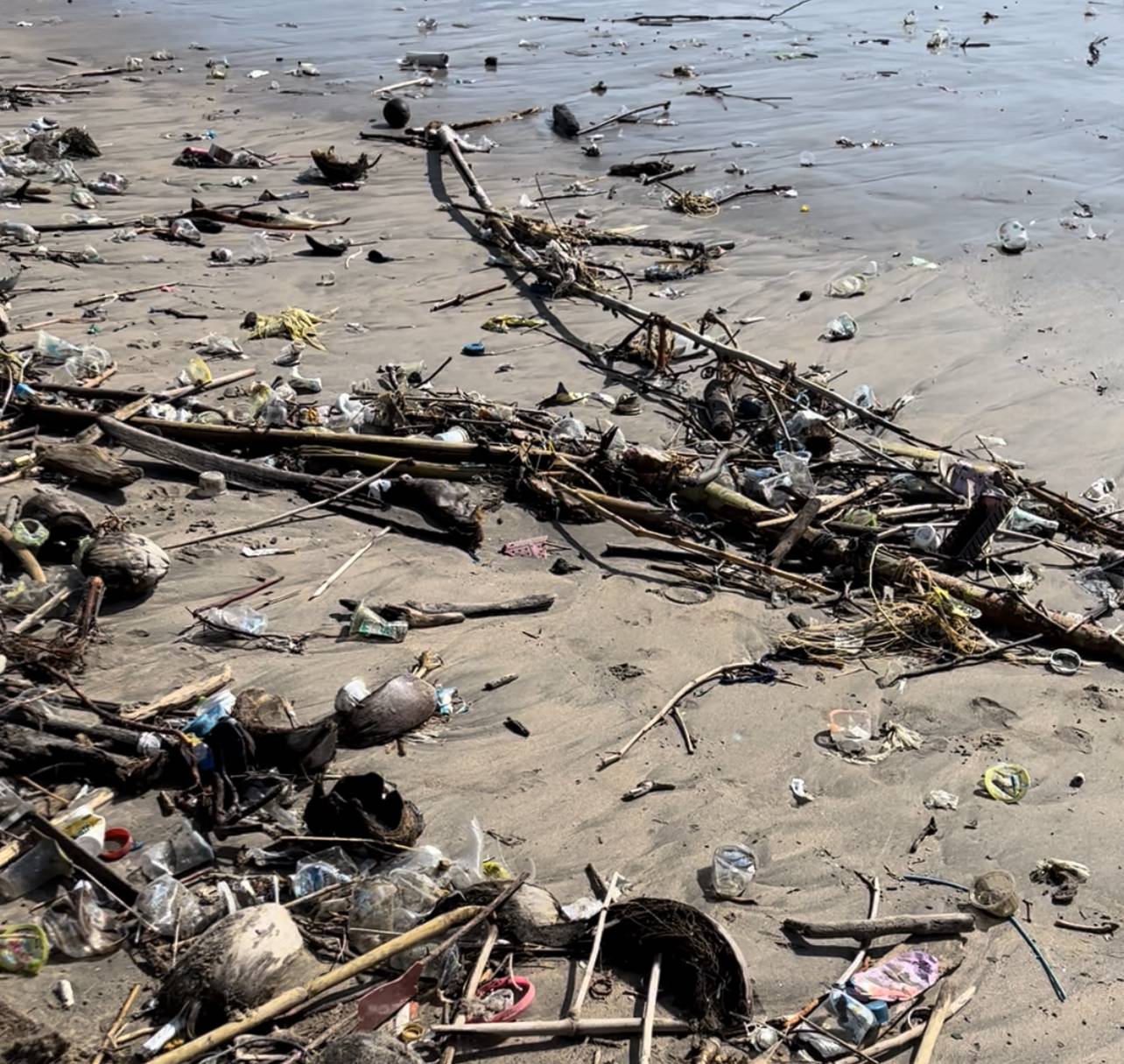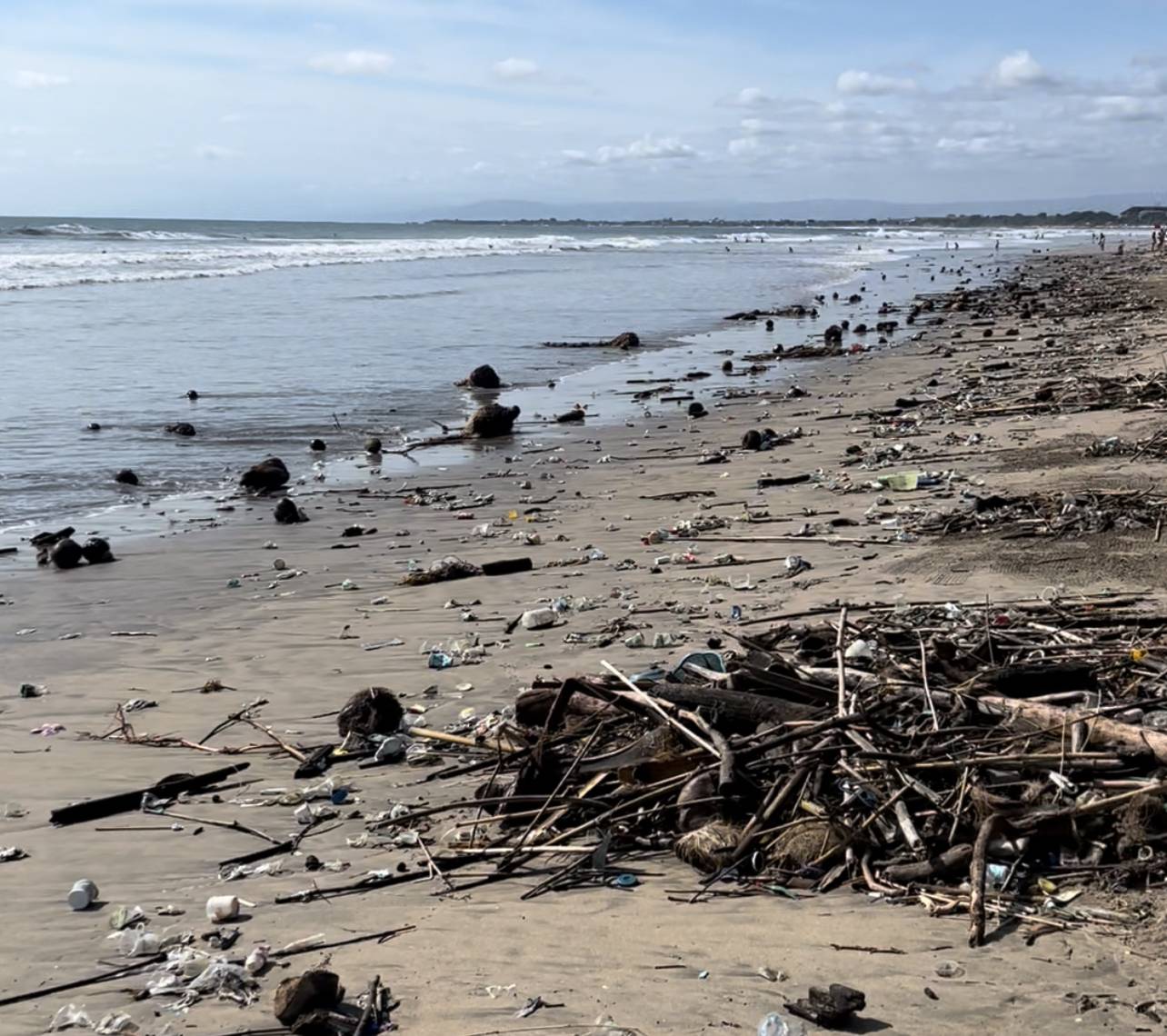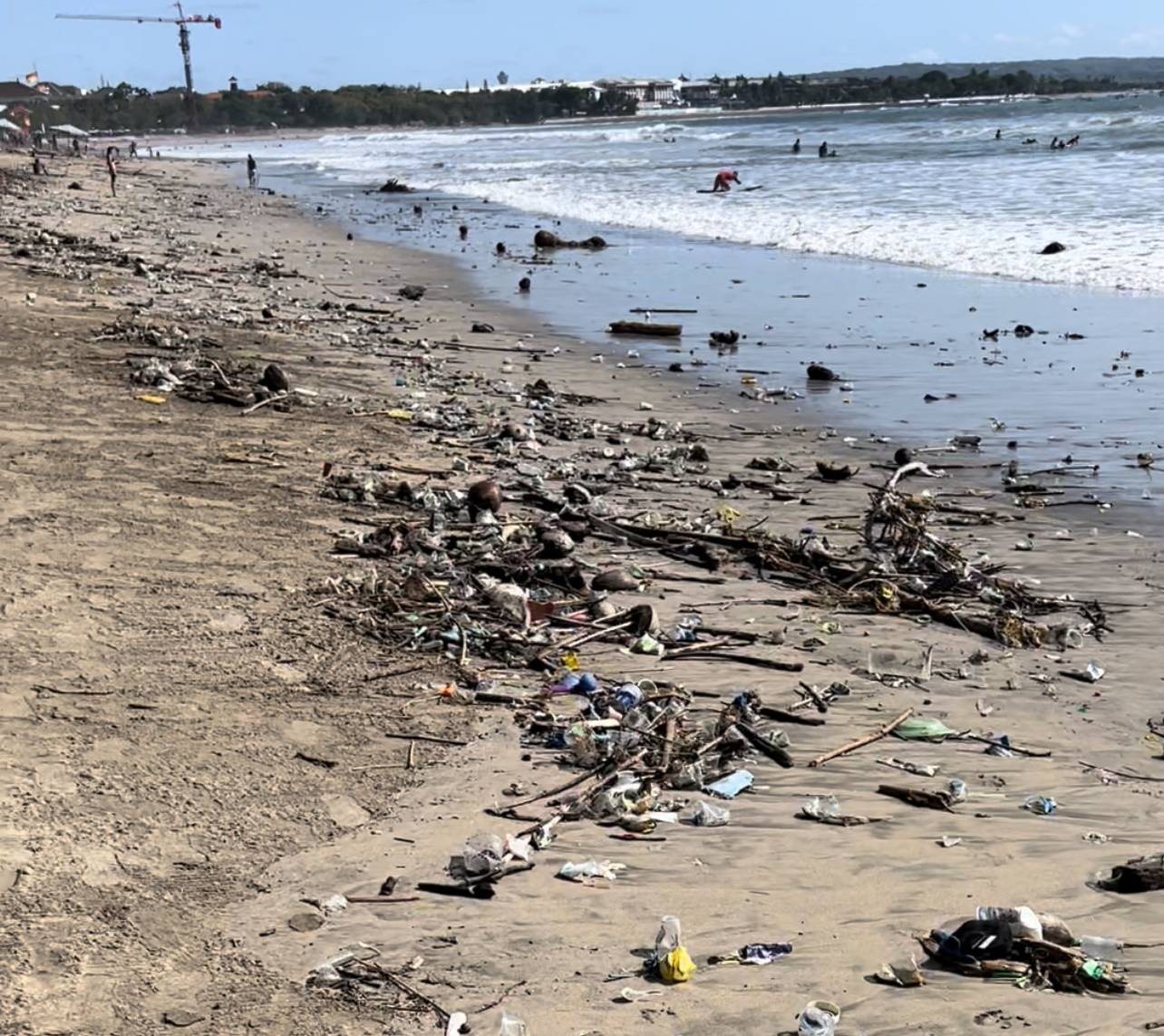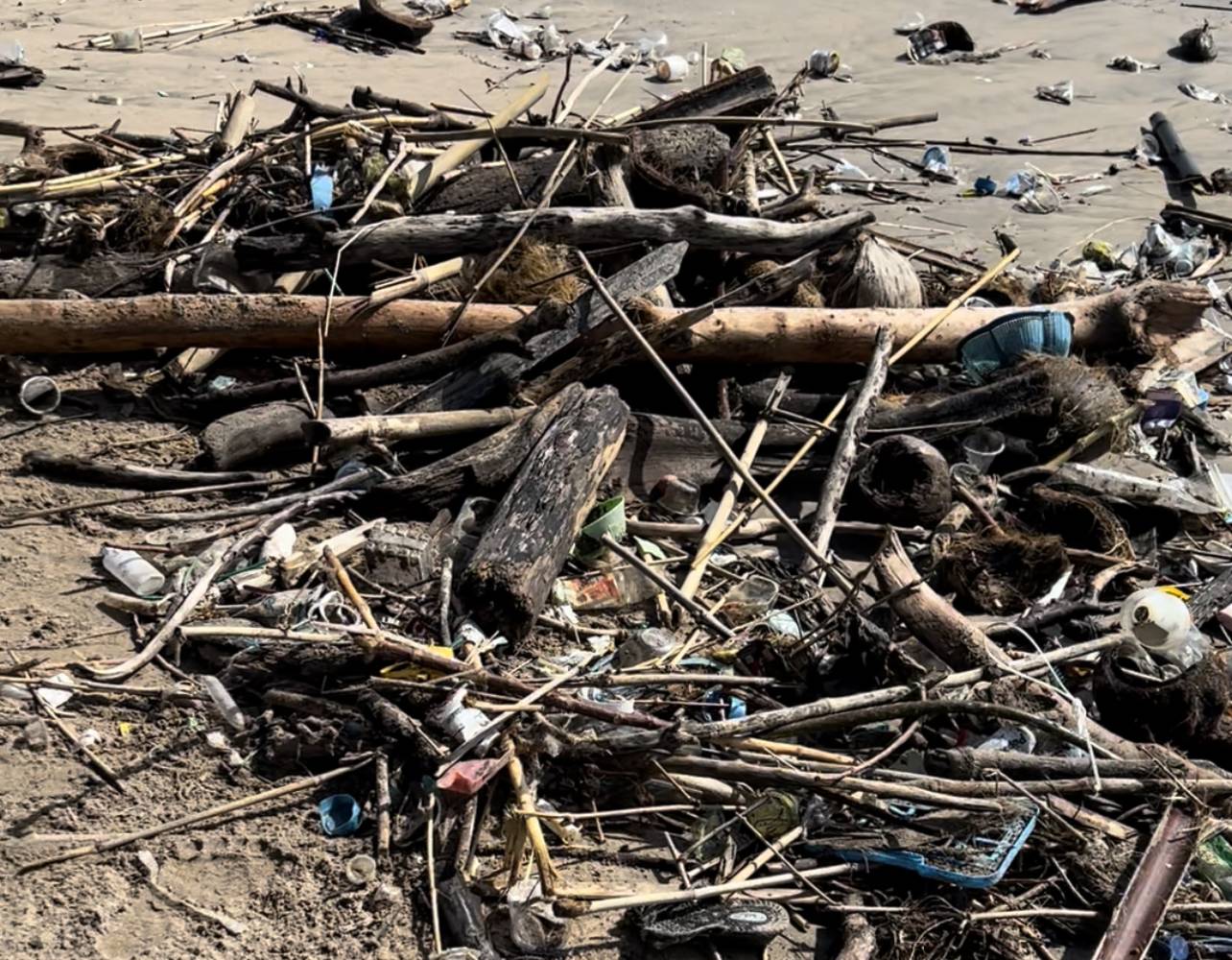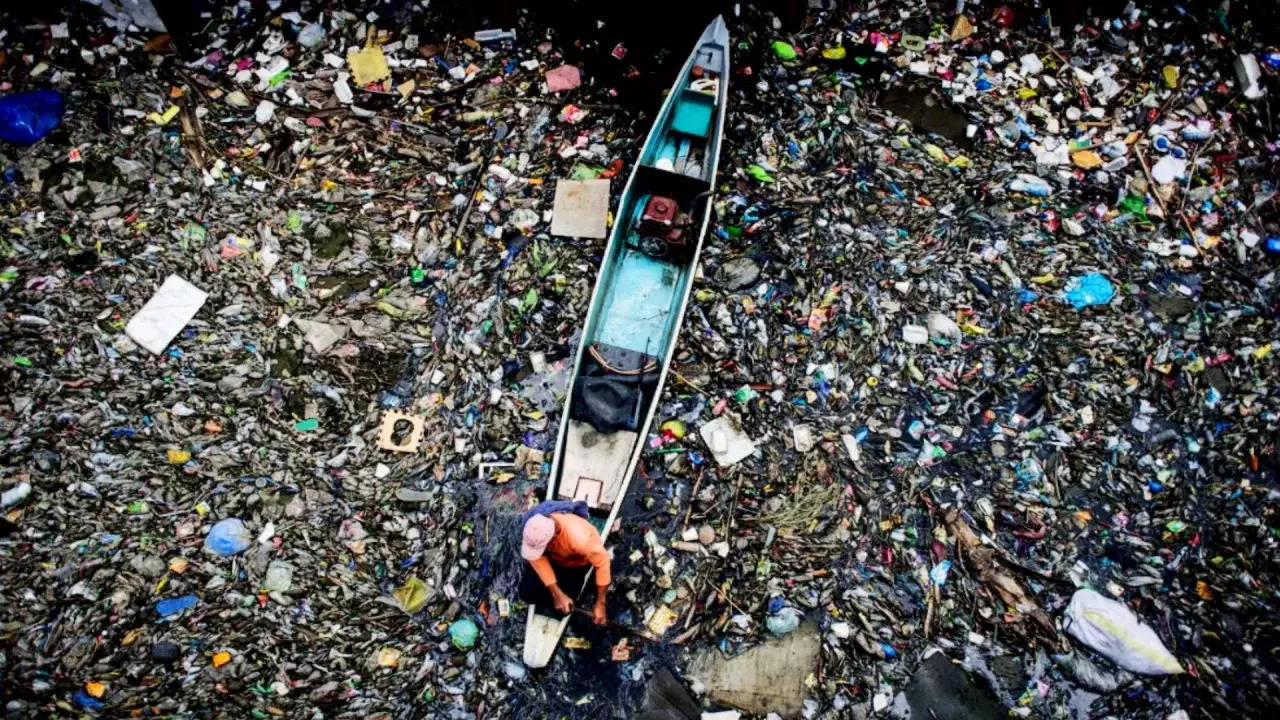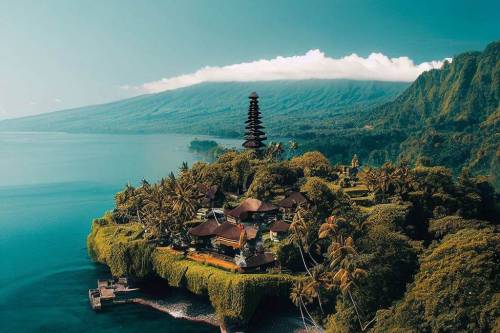Every year the rainy season terrifies tourists from all over the world. Tons of garbage fill the south coast. It becomes impossible to sunbathe or swim on the beaches. Garbage collection is carried out around the clock, but even this does not help ...
I heard about the problem with dirty beaches in Indonesia, but you know, somehow I didn’t imagine it that way. I have been on littered coasts, this is when a pile of bottles, plastic cups, straws and leftover food is lying a little further from the sunbeds. But when I got to Kuta beach at the end of October, to say that I was in shock is to say nothing. It’s easier to show in the photo what I saw after 50 tons of garbage were taken out of there:
Ecological catastrophy
There is no other word for it. At that moment, everything suddenly becomes clear. And why you need to carry rag shopper with you, and why you need to refuse disposable straws and cups, and why sort waste ... I began to study the issue. Where is the trash from? Why is there so much of it? And it got really scary.
I learned that Indonesia ranks second in the world after China in terms of the amount of garbage dumped into the ocean. Scientists from the University of Georgia in the US found that more than 3 million tons of waste ends up in Indonesian waters every year. To understand how much this is, imagine that every 20 minutes a huge ten-ton truckload of garbage is dumped into the ocean. Daily.
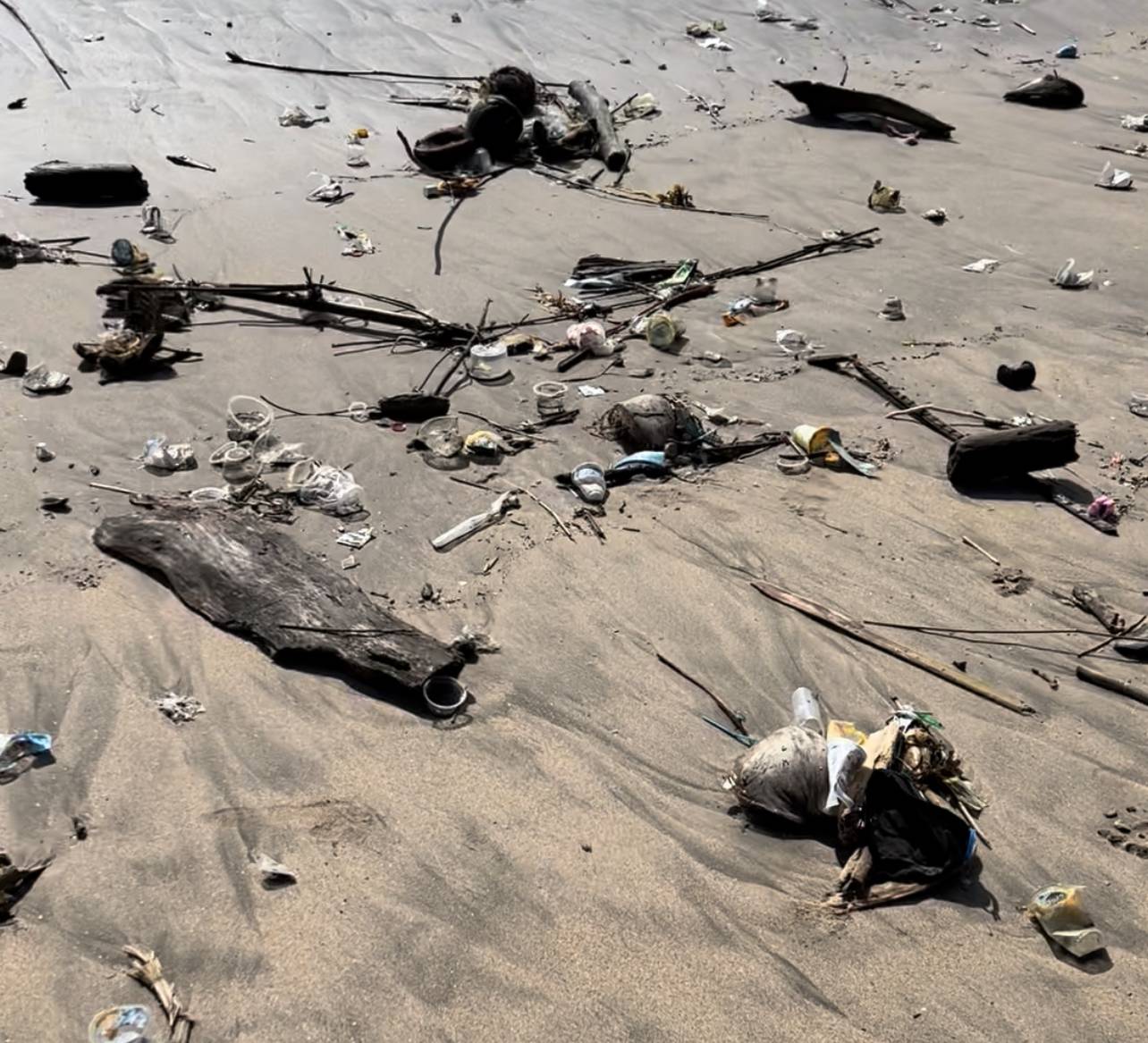
How does garbage end up in the ocean?
Everything is very simple. Many villages in Bali still do not have a waste disposal system. It is not customary to sort and take out waste for recycling, so local residents simply throw it away where they have to. During the rainy season, water washes it into rivers, which are carried into the ocean. Then the ocean spits him back onto the shore in a big dirty yellow foam. This is one route. And if everything were so simple, it would be enough to establish a garbage collection system on the island and strictly monitor the order on the streets. But this is only a small part of a huge garbage system.
Chitarum River
Have you heard about the dirtiest river in the world? It is called Chitarum and is located in Indonesia on the island of Java. In 2017, the Kelly brothers, Sam and Gary Bencheghib built kayaks out of plastic bottles and filmed a video of them paddling about 70km down the river to draw attention to the problem. It sounds incredible, but some 50 years ago, the Chitarum was the most ordinary river, which was a source of water for 25 million people living nearby.
In the 80s, Indonesia began to develop an industrial sector and build many factories. For the textile industry, having a water source close to the factory is a must. Thus, 400 different factories (including the brands Gap, Adidas, Zara and H&M) appeared in the coastal zones of the Citarum River. This area has become very profitable. It was even called "Dollar City". But after a while it turned out that everything was not so perfect. Factories poured 20 thousand tons of waste into the river every day, which made it poisonous. The chitarum has also been polluted by local residents who do not have a garbage collection system. They just threw everything into the water. In just 10 years, the river became so polluted that in some places, due to a layer of debris, the surface of the water did not come into contact with the air. The current carries it all into the ocean, and the monsoon winds deliver it straight to Bali.

The problem of ecology in Indonesia is quite acute. This country was a leader in the export of waste. It was much cheaper to take out garbage to China than to build our own processing plants. But in 2018, China banned the import of waste, which caused a huge uproar around the world. South Asia, including Indonesia, began to look for an alternative.
In 2022, waste incineration plants are planned to be installed throughout the country. In Bali, there is an active promotion of the rejection of plastic: in many stores you will find only rag shoppers, cafes serve reusable straws, and as an alternative to plastic plates in warungs, food is served on palm leaves and coconut shells. More than 7 million tourists fly to Bali every year and it is generally accepted that they are the source of garbage on the island. However, retailers selling goods in plastic packaging bear no less responsibility.

What can help Bali overcome the environmental disaster? In addition to obvious things, such as the rejection of plastic and waste sorting, the closure of enterprises for which a way to dispose of waste has not been found, and the promotion of zero waste and respect for nature, corruption must first be fought. After all, out of 400 factories dumping waste into Chitarum, only 14 were fined and almost none are closed. After all, everyone knows that in Indonesia, many issues are resolved by bribes. And while this system works, Chitarum will remain in the Guinness Book of Records as the dirtiest place on Earth, and Bali will turn into hell for several months ...
